Gaza City is facing one of its darkest chapters yet as Israel launched a large-scale ground operation on Tuesday.
The city, already devastated by nearly two years of relentless warfare, witnessed tens of thousands of residents desperately fleeing with their families and belongings in an attempt to escape the heavy bombardment and advancing Israeli forces.
The new offensive marks one of the most aggressive Israeli actions since the conflict began in 2023.
How Israel began a full-scale military push into Gaza City
Israel began its assault with airstrikes, followed by ground troops advancing into Gaza City from multiple fronts after weeks of preparation and buildup.
Israeli Defence Minister Israel Katz described the scene starkly as the campaign began, declaring, “Gaza is burning.”
The military characterised this phase as a decisive move aimed at completely breaking Hamas’ operational capacity in Gaza’s largest urban centre.
According to an Israeli military official, speaking to AP under condition of anonymity, this stage of the operation involves direct ground engagement in neighbourhoods long considered Hamas strongholds.
The official estimated that “between 2,000 and 3,000 Hamas terrorists” remain in Gaza City, operating primarily through an intricate tunnel network beneath the densely populated city.
While Hamas’ ability to wage large-scale battles has been significantly diminished, the group continues to use hit-and-run tactics, planting explosives and ambushing Israeli positions before retreating into hidden areas.
The military has pledged that, unlike previous raids which were temporary, this time Israeli forces intend to hold territory and eventually take full control of Gaza City.
The offensive follows a pattern seen earlier in the war when other cities, including Rafah and Khan Younis, were subjected to devastating bombardments and then occupied by ground troops.
Gaza City had been spared total destruction in earlier stages of the war, making it one of Hamas’ last remaining centres of operation in the enclave.
How Palestinians have been affected by Israel’s Gaza City offensive
Palestinians killed in Israeli airstrikes
The opening hours of the operation brought intense bombardment, leaving entire neighbourhoods flattened.
Palestinian health officials reported that at least 93 people were killed in northern Gaza on Tuesday alone, with more than 100 fatalities across the entire enclave.
Hospitals, already overwhelmed and operating with minimal resources, struggled to treat the injured. Medical workers described scenes of chaos as waves of wounded people poured in.
Video footage from local journalists showed residents digging through massive piles of debris where two multi-story residential buildings had collapsed.
In one clip, a grieving woman sobbed as the body of a small child was recovered from the wreckage and wrapped in a blanket before being carried away.
In a separate incident, Palestinian health authorities said an Israeli strike targeted a vehicle carrying displaced civilians who were attempting to flee toward the south along the coastal road.
That strike added to the growing death toll, which health officials said reached at least 75 by the end of Tuesday in Gaza City alone.
The Israeli military did not immediately comment on the reported strike on fleeing civilians.
Mass exodus as Palestinians forced to relocate
The assault has triggered a massive new wave of displacement. Gaza City, which had a population of about one million people before evacuation warnings were issued, is now rapidly emptying.
The Israeli military estimates that roughly 40 per cent of the city’s residents have left, amounting to approximately 350,000 people.
Hamas provided similar numbers, stating that 350,000 people had relocated to central and western neighbourhoods within the city while 175,000 fled south to other parts of Gaza.
United Nations figures reflect the same trend. A UN estimate released on Monday said more than 220,000 Palestinians had fled northern Gaza in the past month alone, as the military buildup signalled an impending ground invasion.
Witnesses described a chaotic and desperate scene on the Al-Rashid Street coastal highway, the main evacuation route leading south. Vehicles, carts, and pedestrians clogged the road to the point where traffic barely moved.
Many families strapped mattresses, water containers, and other essential belongings to cars or donkey carts.
Ismail Zaydah, 39, fled from the Sheikh Radwan neighborhood with his family. He said that private trucks charging to transport people south were demanding exorbitant prices.
“Trucks carrying people south to an Israeli-designated humanitarian zone charge around $1,000, even as many families in Gaza City are starving,” he told AP.
Others had no means to leave at all. Some residents, like Um Mohammad from the Sabra neighbourhood, chose to remain behind despite the danger.
“It is like escaping from death towards death, so we are not leaving,” she told Reuters, referring to the lack of safe refuge elsewhere in Gaza.
Overcrowded encampments amid famine
As civilians flee toward southern areas designated as humanitarian zones, many are finding little more than makeshift encampments, already overcrowded and lacking basic necessities.
Forcing such a large population into a narrow coastal strip has worsened an already dire humanitarian crisis. The United Nations warned that food shortages are becoming catastrophic, with people facing starvation.
According to Gaza’s health ministry, three more people died of hunger in the last 24 hours, raising the total number of deaths from starvation to at least 428 since the conflict began.
Aid agencies have struggled to meet the overwhelming need. The Israeli security cabinet’s original plan called for the US-backed Gaza Humanitarian Foundation to expand its network to 16 aid distribution centres before the assault began.
However, only five of those facilities are currently operating, forcing many civilians to walk for hours to receive minimal food and medical care.
The Israeli military has denied accusations of deliberate deprivation.
Spokesperson Effie Defrin stated that humanitarian efforts were being scaled up alongside military operations and insisted, “There will not be a situation of starvation in Gaza.”
Despite these assurances, conditions continue to deteriorate. UNICEF highlighted that 450,000 children in Gaza City are now facing famine and severe psychological trauma, with virtually no access to medical services.
The agency warned that any further escalation would “multiply children’s suffering exponentially, ripping away the last vestiges of protection.”
How global leaders reacted to Israel’s Gaza City offensive
On Tuesday, an independent UN commission released a damning report accusing Israel of genocide. The commission concluded that civilians were “targeted collectively due to their identity as Palestinians.”
Israel rejected the findings outright, calling the report “distorted and false” and demanding that the commission be dissolved.
UN Secretary-General Antonio Guterres expressed grave concern, calling the situation in Gaza “morally, politically and legally intolerable.”
Volker Türk, the UN human rights chief, urged the international community to prevent further escalation.
“It’s absolutely clear that this carnage must stop and it has to stop at once,” he said. “It’s also important that the whole world screams for peace. What we see is a further escalation, which is totally and utterly unacceptable.”
Any further intensification of the military offensive in Gaza City would multiply children’s suffering exponentially, ripping away the last vestiges of protection.
— UNICEF MENA - يونيسف الشرق الأوسط وشمال إفريقيا (@UNICEFmena) September 15, 2025
They need protection, the world must act now. pic.twitter.com/TUbXQAXccq
The Palestinian Authority also appealed for urgent global intervention. Spokesperson Nabil Abu Rudeineh said in a statement, “The entire world has rejected this escalation, considering it a war crime against humanity and will lead to further tension and instability in the region.”
Hamas issued a statement describing the operation as an “unprecedented barbaric Zionist escalation” that “violated all international norms and laws.”
Israel’s decision to proceed with the Gaza City assault came despite strong objections from several European governments.
Some European leaders had threatened sanctions, arguing that the invasion would cause catastrophic civilian suffering and destabilise the wider region.
Why global criticism is unlikely to deter Israel
United States President Donald Trump has reiterated his support for the Israeli government, warning Hamas against using civilians as human shields.
“Hamas would have hell to pay if it used hostages as human shields during the assault,” he told reporters at the White House.
US Secretary of State Marco Rubio travelled to the region, highlighting the urgent need for diplomacy.
“There is a very short window of time in which a deal can happen,” Rubio said, cautioning that any delay would make negotiations more difficult.
Israeli Prime Minister Benjamin Netanyahu announced that he has been invited to meet Trump at the White House on September 29, following his address to the United Nations General Assembly.
This will mark Netanyahu’s fourth visit to Washington since Trump returned to office in January.
Even within Israel, certain military officials reportedly raised concerns about the potential for heavy losses and prolonged urban combat. Nevertheless, the Israeli government moved ahead, framing the operation as essential to defeating Hamas and ensuring long-term security.
Also Watch:
The conflict’s impact has spilled across borders. On Tuesday, Iranian-backed Houthi rebels in Yemen launched a missile aimed at Israel. Sirens sounded in both Jerusalem and Tel Aviv as the Israeli military worked to intercept the projectile.
The Houthis, who claim their attacks are acts of solidarity with Palestinians, have regularly fired drones and missiles toward Israel during the war. Most of these have been intercepted or landed in unpopulated areas without causing damage.
Israel has repeatedly retaliated with airstrikes on Houthi-controlled territories, including recent strikes on the port city of Hodeida.
While Israeli forces may eventually seize Gaza City, officials acknowledge that this will not necessarily end Hamas’ presence in the territory.
“Gaza City is the main stronghold of Hamas at the moment,” said one military official. “I said main, not last.”
The long-term fate of the displaced population remains unclear. With hundreds of thousands forced into overcrowded coastal zones, aid groups warn of disease outbreaks and mass hunger.
With inputs from agencies


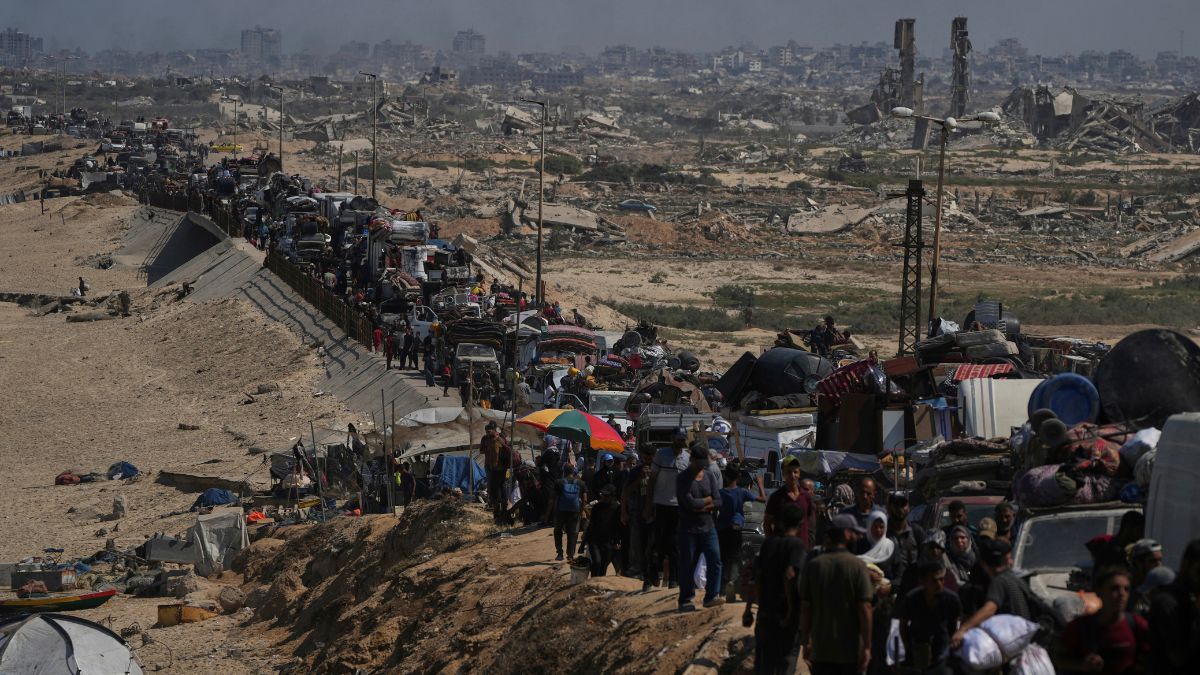)

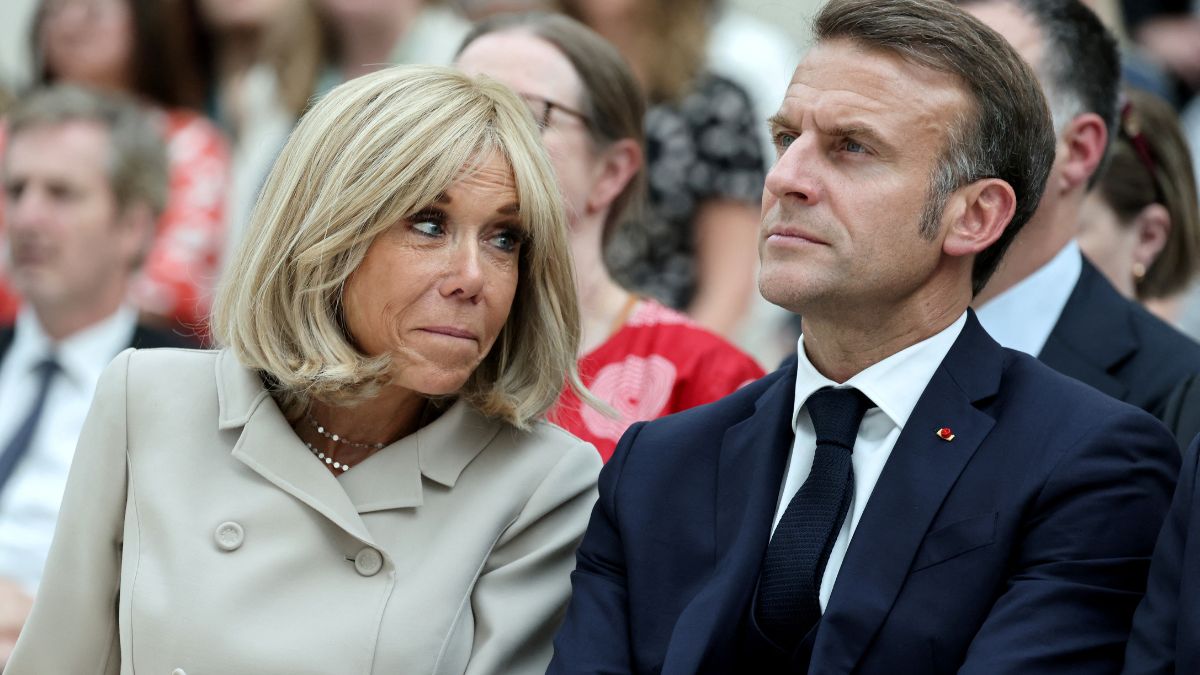)
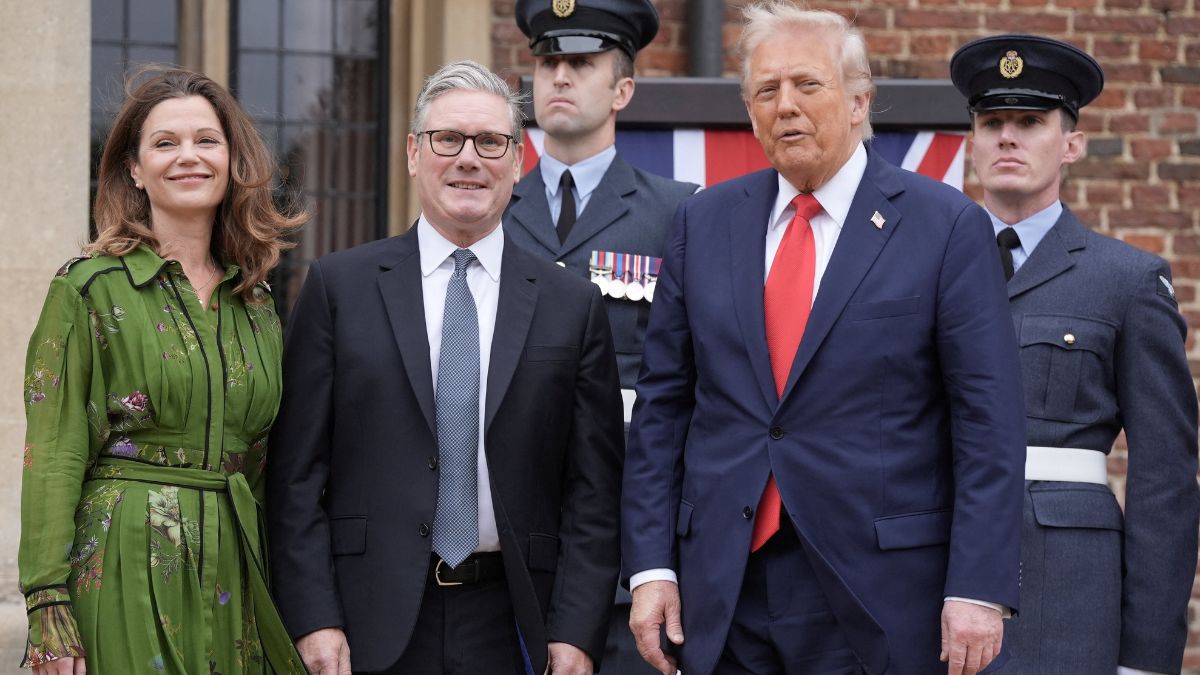)
)
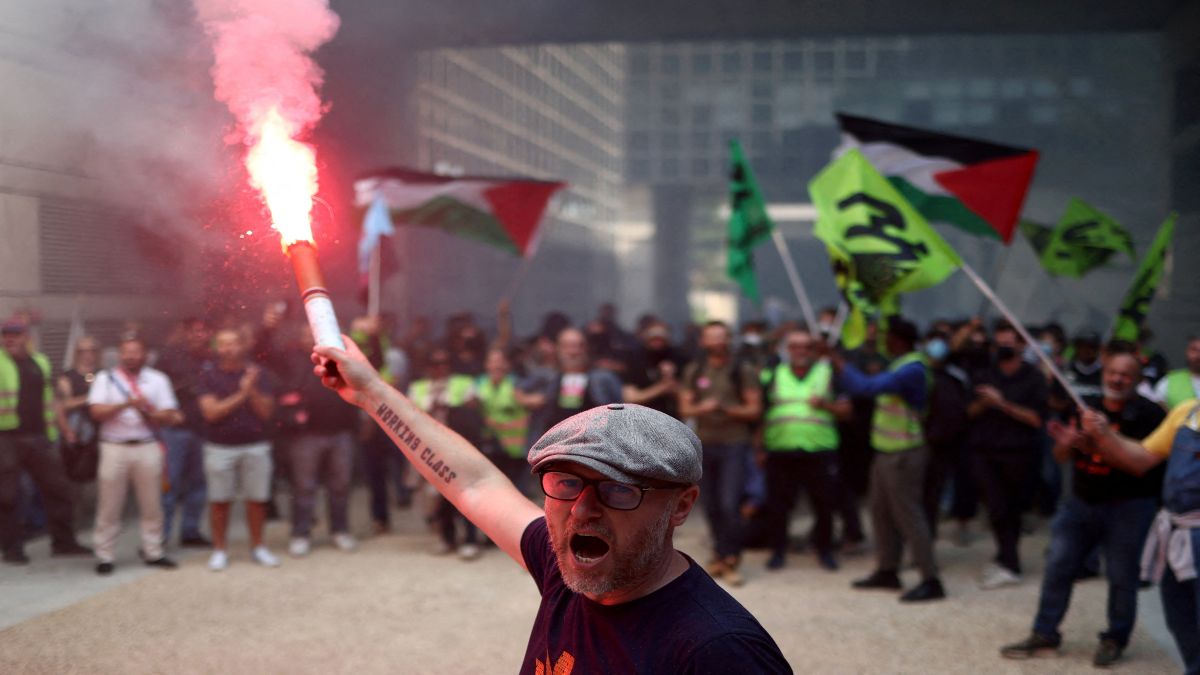)
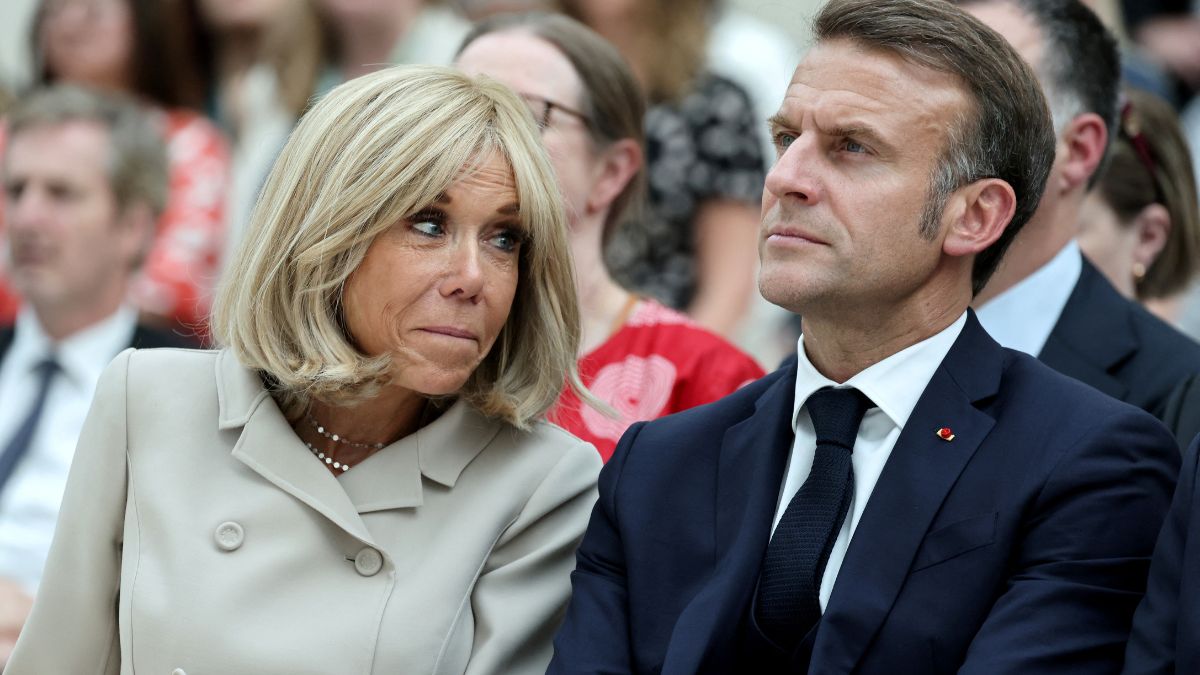)
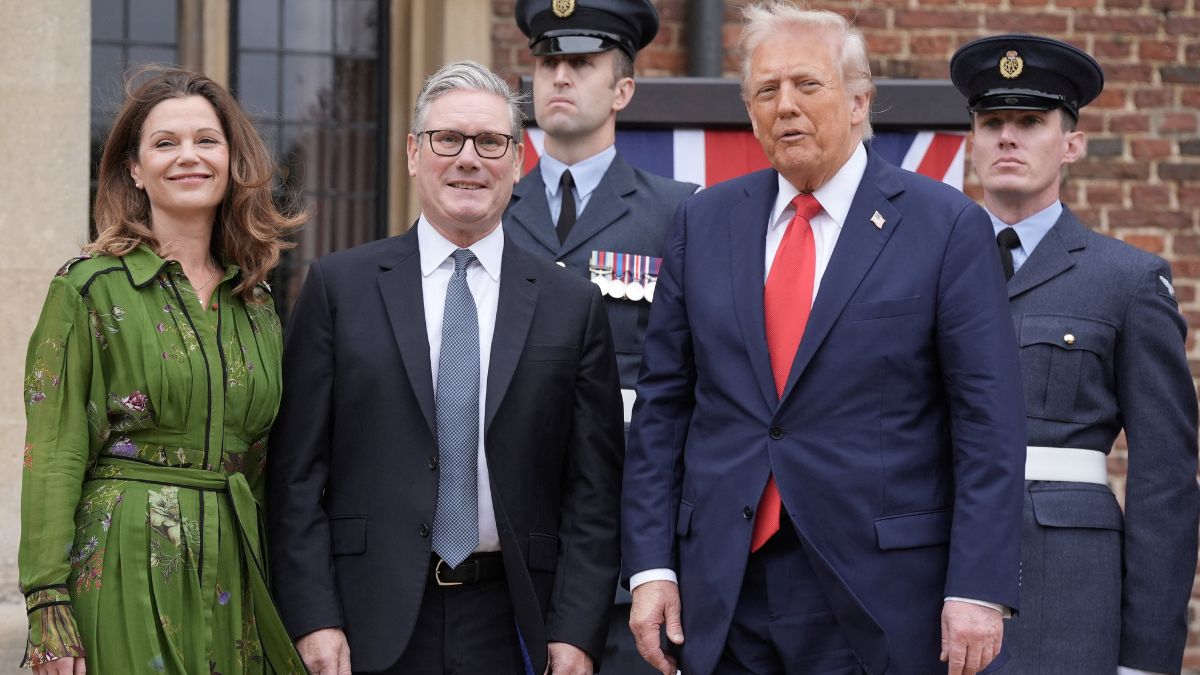)
)
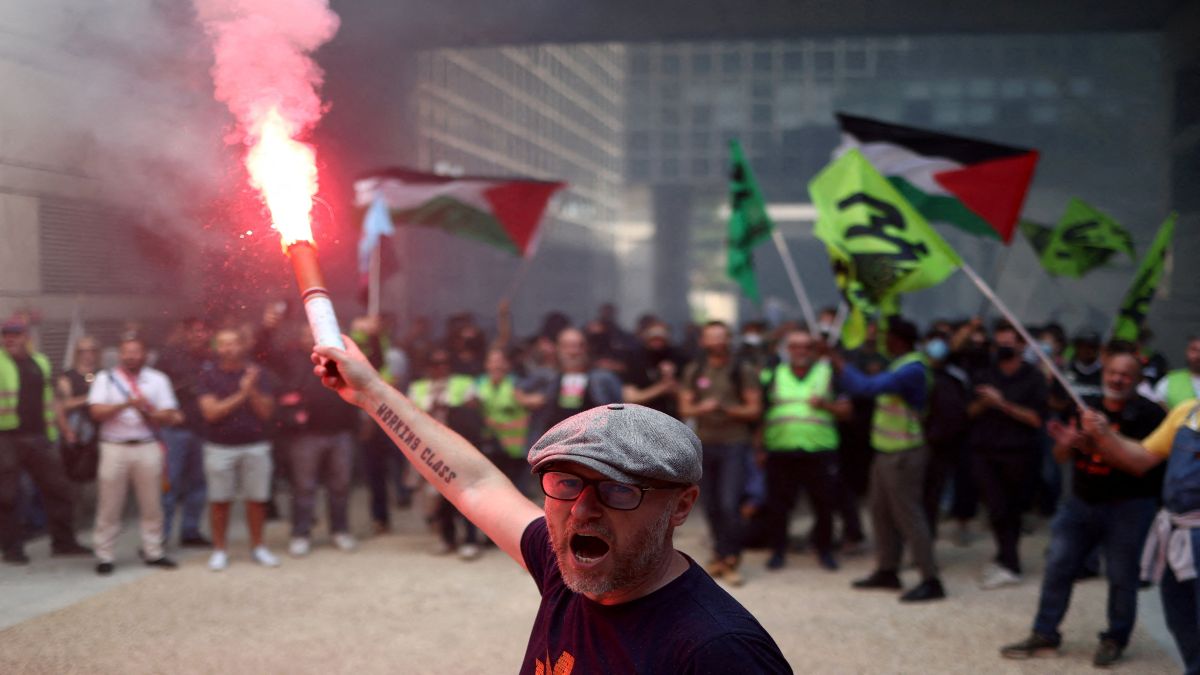)



